To provide the best experiences, we use technologies like cookies to store and/or access device information. Consenting to these technologies will allow us to process data such as browsing behaviour or unique IDs on this site. Not consenting or withdrawing consent, may adversely affect certain features and functions.
The technical storage or access is strictly necessary for the legitimate purpose of enabling the use of a specific service explicitly requested by the subscriber or user, or for the sole purpose of carrying out the transmission of a communication over an electronic communications network.
The technical storage or access is necessary for the legitimate purpose of storing preferences that are not requested by the subscriber or user.
The technical storage or access that is used exclusively for statistical purposes.
The technical storage or access that is used exclusively for anonymous statistical purposes. Without a subpoena, voluntary compliance on the part of your Internet Service Provider, or additional records from a third party, information stored or retrieved for this purpose alone cannot usually be used to identify you.
The technical storage or access is required to create user profiles to send advertising, or to track the user on a website or across several websites for similar marketing purposes.
 In 1959, cardiologists Meyer Friedman and Ray Rosenman identified the personality traits which go hand in hand with disproportionate levels of heart disease. These include an overblown sense of time urgency, a desire to fit as much into each second as possible, excessive competitiveness and aggressiveness and frustration when other people are doing things more slowly than absolutely necessary. In other words – your typical 21st Century human. Friedman and Rosenman coined a term for such people which has now entered common usage. They called them Type-A personalities.
In 1959, cardiologists Meyer Friedman and Ray Rosenman identified the personality traits which go hand in hand with disproportionate levels of heart disease. These include an overblown sense of time urgency, a desire to fit as much into each second as possible, excessive competitiveness and aggressiveness and frustration when other people are doing things more slowly than absolutely necessary. In other words – your typical 21st Century human. Friedman and Rosenman coined a term for such people which has now entered common usage. They called them Type-A personalities.












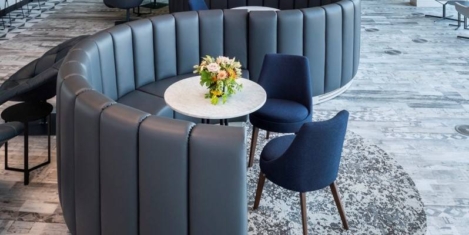
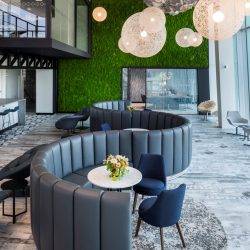
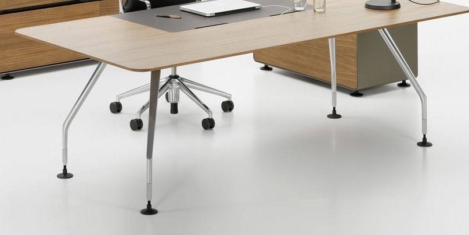


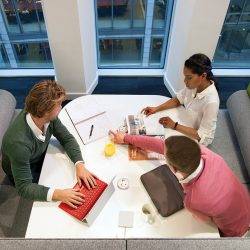
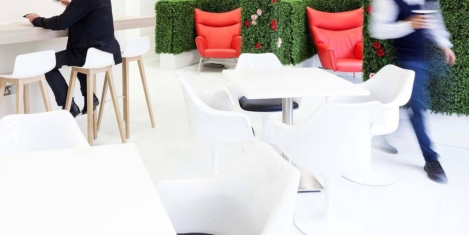


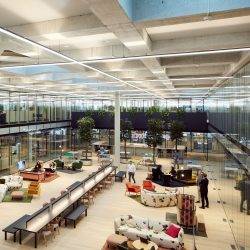
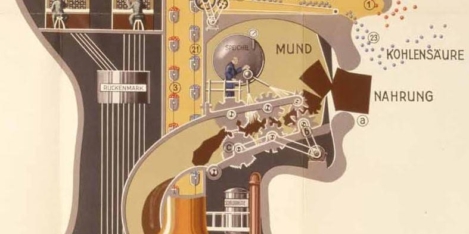
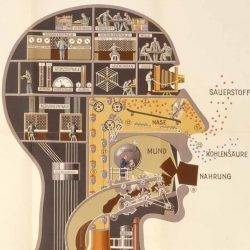











April 23, 2019
The flexible solution to workplace loneliness
by Guzman de Yarza Blache • Comment, Flexible working, Wellbeing, Workplace design
(more…)